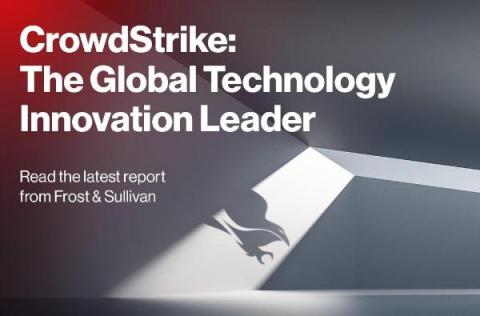Defense Against the Lateral Arts: Detecting and Preventing Impacket's Wmiexec
Impacket’s wmiexec.py (“wmiexec”) is a popular tool used by red teams and threat actors alike. The CrowdStrike Services team commonly sees threat actors leveraging wmiexec to move laterally and execute commands on remote systems as wmiexec leverages Windows native protocols to more easily blend in with benign activity.















